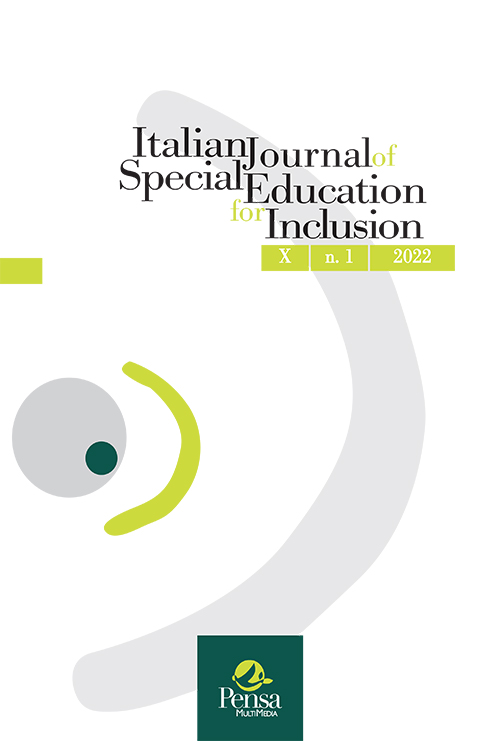The Self-Narrating Body: the Kamishibai theatre as an educational “good practice”
DOI:
https://doi.org/10.7346/sipes-01-2022-10Abstract
Drama is a very educational (Cambi et al., 2010; Capobianco, Vittoria, 2012), cathartic (Artaud, 1982, 1996; Cambria, 2007) and inclusive (González Rojas, Sandoval Poveda, 2021; Hartwig, 2021) self-training scenario. Through the drama experience, our body narrates itself, expresses emotions and articulates gestures as well as signs of our own feelings. It also conjugates our knowledge of the outer world with our knowledge of the inner world. Therefore, when the special needs student narrates himself/herself, he/she rewrites himself/herself by selecting contents, emotions and thoughts in deep reflection, which enables him/her to re-read and re-think his/her life experience and, consequently, givc “new body to his/her experience” (Mortari, 2007). In these respects, particular attention must be drawn to the relationship between life quality and self-narrating approach (Gaspari, 2018; Schön, 2006; 1993), as it entails the concurrence of multiple factors and elements connected to inclusivity. This theoretical framework hosts the Kamishibai theatre (Aldama Jiménez, 2005a, 2005b; Cid Lucas, 2009; 2006; Proli, 2019) as an educational approache whereby the special needs person wishes to re-build and re-elaborate his/her personal life route and existential condition in order to direct himself/herself towards the future. The use of an educational approach that is scenographically forged on the kamishibai theatre model entails the students' creative and emotional involvement as a key factor of the learning process, inasmuch as it valorizes artistic bodily expressions in each and every one of them.


